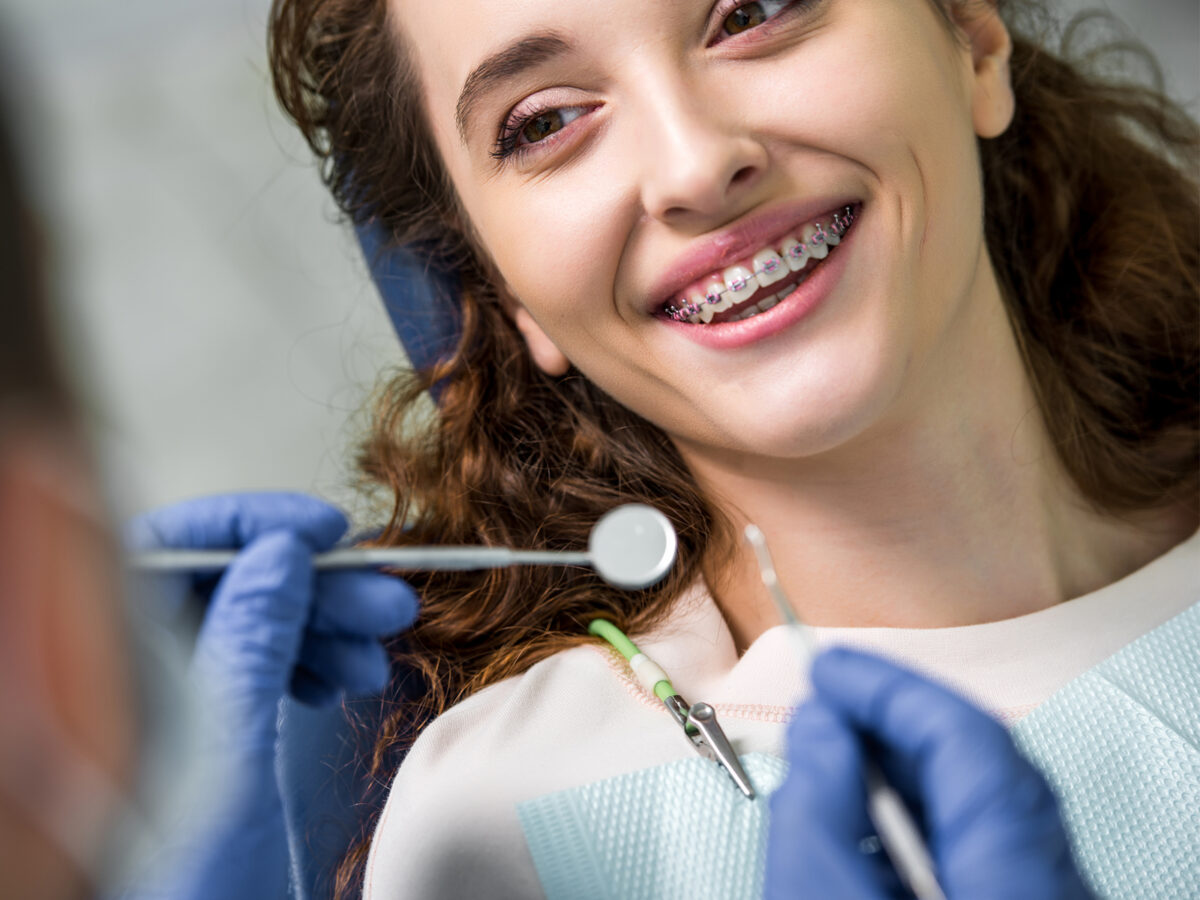Blog
Dental hygiene tips for healthy teeth & gums

Do Orthodontists Only Do Braces?
Oral healthcare comprises two separate streams of professionals; dentists and orthodontists. Dentists and orthodontists receive the same general dentistry training where they learn how to treat oral conditions, i.e., teeth, gums, tongue, and mouth issues. Apart from general dentistry, the orthodontic study involves additional education on how to treat misalignment of the jaw and teeth.
Orthodontists spend years learning how our teeth move, how to reposition jaws, and various techniques to help us achieve such goals. Whenever we hear “orthodontics,” we automatically think about braces and aligners. But little do we know that orthodontists provide much more services than teeth straightening.
Braces are indeed their primary specialty, but orthodontists offer many other types of treatments and services which fix some of the common oral problems. If you want to know more about the roles and expertise of orthodontists, read on, and you will have all the information in this article.
Who is an Orthodontist, and How do they Differ from Dentists?
Though orthodontists also fall under the category of oral health doctors, their primary area of expertise is diagnosing, preventing, and treating irregularities and misaligning teeth and jaw. On the other hand, dentists look at restorative techniques to treat oral issues like tooth decay, cavities, teeth extraction, dental bonding, and much more.
- Dentists and orthodontists get the same initial training, but orthodontists need to receive an additional educational qualification before starting practice.
- Dentists typically go to college for a pre-medical or pre-dentistry degree, then to a dental graduate school.
- Dentists are more like general practitioners, and orthodontists are specialists. Your dentist can treat tooth decay, tooth pain, tooth extraction, tooth repair, gum diseases, infections, and inflammations.
Services Provided by an Orthodontist
We commonly associate braces and aligners with an orthodontist, but there is so much more they specialize in. Here are some of the most common services that an orthodontist is equipped to provide:
- Braces – Braces comprise brackets, bands, and wires, which are placed over your teeth and tightened at regular intervals for a specific period to get you that perfect smile with well-aligned teeth. Patients who have overbite, underbite, crowded, or gapped teeth usually go for braces. Braces are mostly metallic, but some also come in ceramic and clear colors, making them less conspicuous.
- Aligners – Aligners came into existence recently, many years after braces were on the market. But they have gained immense popularity as they are completely transparent and removable. Their job is similar to braces, i.e., they help align crooked teeth. Aligners are used for mild to moderate underbites, overbites, crossbites, open bites, and crowded teeth. They consist of clear, customizable trays that hug your teeth and apply constant gentle pressure. They comfortably and gradually improve teeth alignment and enhance your smile. One of the most prevalent clear aligners is the Invisalign.
- Space maintainers – When you lose baby teeth earlier than normal age, there is a high chance of other teeth growing into the space meant for the missing tooth. Space fillers are used to cover that space and avoid the growth of teeth by keeping the space open until more teeth fall out and adult teeth start to grow.
- Palatal expanders – Palate expanders are meant to correct severe crowding or overbites. These appliances fit into the roof of the mouth and gradually widen the upper palate and jaw while the facial bones and jaw are still developing. For this reason, palatal expanders can be used till children gain puberty. The tension created by palatal expanders stimulates bone growth and expands palate width.
- Jaw repositioning appliances – Also known as splints, jaw repositioning appliances are meant to move and adjust the upper or lower jaw so that the whole jaw closes more naturally. Your doctor will choose this treatment if you suffer from TMJ or temporomandibular joint disorders. These disorders can cause immense pain, and the jaw repositioning technique can help relieve this pain to a great extent.
- Lip and cheek bumpers – It is possible for your lip or cheek to put pressure on your teeth and cause pain or discomfort. Using lip and cheek bumpers, your orthodontist could keep your lip and cheek away from your teeth to eliminate or reduce the pain.
- Headgear – Headgear is usually proposed to children or adolescents when the growth of either the upper or lower jaw needs to be slowed down. Headgear has got a strap placed around the back of your head. This is then attached to a metal wire in front of the mouth. This appliance not only slows the growth of the jaw but also ensures your teeth are appropriately placed and fit perfectly in your jaw.
- Removable retainers – Once the active orthodontic treatment is over, your doctor will provide you with removable retainers to be used for a specific duration. Removable retainers do not let your newly aligned teeth return to their former positions. Retainers could also be permanent when they are fixed along the backside of your teeth or against the roof of your mouth. You need to wear the retainers mostly at night.
Orthodontists have expertise in many spheres of your oral condition apart from braces. You could consult your orthodontist to see which treatment suits you best if you want to get anything other than the braces.
